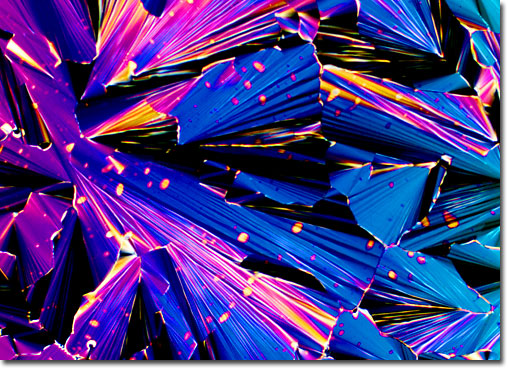|
Deoxyribonucleic acid, more commonly referred to as DNA, exists in the human body as double strands of genetic material. Each strand is composed of a sequence of chemicals called bases that connect to the bases in the other strand. All DNA contains the same chemicals (adenine, guanine, cytosine, and thymine), but the order in which the substances occur is unique to each individual. Thus, theoretically, DNA could be utilized to definitively establish one’s identity. However, the time and cost involved with such an endeavor, since each DNA molecule contains millions of base pairs, makes it prohibitive. Instead, DNA fingerprinting focuses upon the more expedient enterprise of examining repeating patterns in DNA, making the process much more practical, though less precise. Modern DNA fingerprinting procedures cannot establish for certain whether a sample belongs to a specific individual, but can offer a probability that two DNA samples come from the same person, relatives of that person, or a non-related individual.
|
